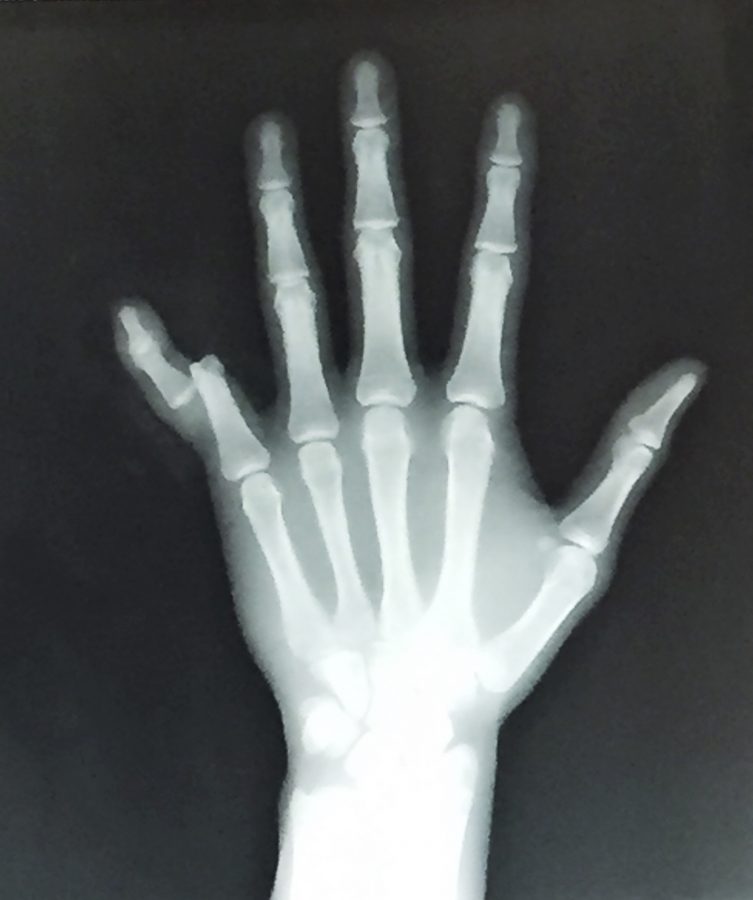Taking One for the Team
In the world of college athletics, an injury can spell disaster for both the athlete and the team. WSN spoke to NYU athletes who’ve struggled with injury in the past.
March 20, 2017
Injuries can be a death sentence for a team. A team may be on a winning streak and full of confidence at one moment and at the next moment may find itself without its best players. Injuries force a team to look for players to fill in, step up and somehow maintain the team’s momentum.
One of the greatest sporting fears is not losing but losing players to injury. That is why professional teams nowadays hire specialists who focus solely on minimizing the likelihood of injuries.
Injuries also have a tremendous impact on individual players and their careers. A player gains confidence by performing well, and getting injured can halt their development. Some minor injuries may only restrict a player from competing for a few days or weeks, but a major injury could end a career.
For sophomore soccer player Alexander Dano, the consequences of injury are tremendous. After suffering a torn labrum in his left shoulder last year, Dano faced a long and draining recovery period to get back to fitness for the fall 2016 season.
“After undergoing surgery to repair the torn labrum in my left shoulder, I was told that the recovery timeline would be six months,” Dano said. “I was told during these six months, the recovery would seem like a very slow process. For me, slow was an understatement. I wasn’t cleared to run until Sept. 21.”
Dano called the slow recovery process difficult.
“From June until Sept. 2016, I would walk a couple of miles a day, and I’d also use a stationary bike,” Dano said. “I also started to do light physical therapy, but the range of motion on my arm was very limited, so my physical therapy that summer consisted of me raising a broomstick above my head and crawling my hand up a wall. It was definitely frustrating early on.”
Perhaps even more severe than Dano’s injury is junior soccer player Teressa Fazio’s torn ACL — a devastating injury to any athlete, but especially for soccer players. Her recovery process was also slow in the beginning.
“It was definitely hard to stay fit and motivated in the beginning due to the barriers my body was putting up,” Fazio said. “But as every day gets better, my body gets stronger.”
However, according to senior soccer captain Deniz Oncu, injured players still play a large part on their teams, even if they cannot participate in certain activities.
“When you see a guy show his commitment to the team by coming to practice, team lifts and games despite not being cleared or ready to play, you get that extra motivation,” Oncu said. “Team sports are all about camaraderie, and you can certainly be an instrumental part of that even if injured.”
Oncu also mentioned how injuries are not fatal to a team’s success, as every player — whether a starter or a reserve — must always be ready to do their part.
“It’s a next-man-up kind of mentality,” Oncu said. “An injury to any player, no matter how important he is to the team, does not bring finality to a season. The games are still there to be played, and everyone on the team is prepared to compete.”
Senior volleyball captain Nick Benson had a similar outlook regarding the effect of injuries on a team. Benson has been injured for nearly the whole season — around six weeks — and was only recently cleared to play again. While he was injured, Benson’s role transformed.
“I basically became a coach,” Benson said “A lot of these guys look up to me as a senior, and sometimes advice is received better coming from me or [fellow senior captain] Sean Leahy as opposed to one of the coaches.”
While a single player’s injury and slow recovery progress can potentially affect a team’s overall performance, they don’t have to be season-ending. Although recovery can be painful and frustrating, injured players are still integral to the team’s psyche, and how the injury impacts the team depends on how injured players bounce back and how their teammates adjust.
A version of this article appeared in the Monday, March 20 print edition.
Email Lorenzo Gazzola at [email protected].



























































































































































